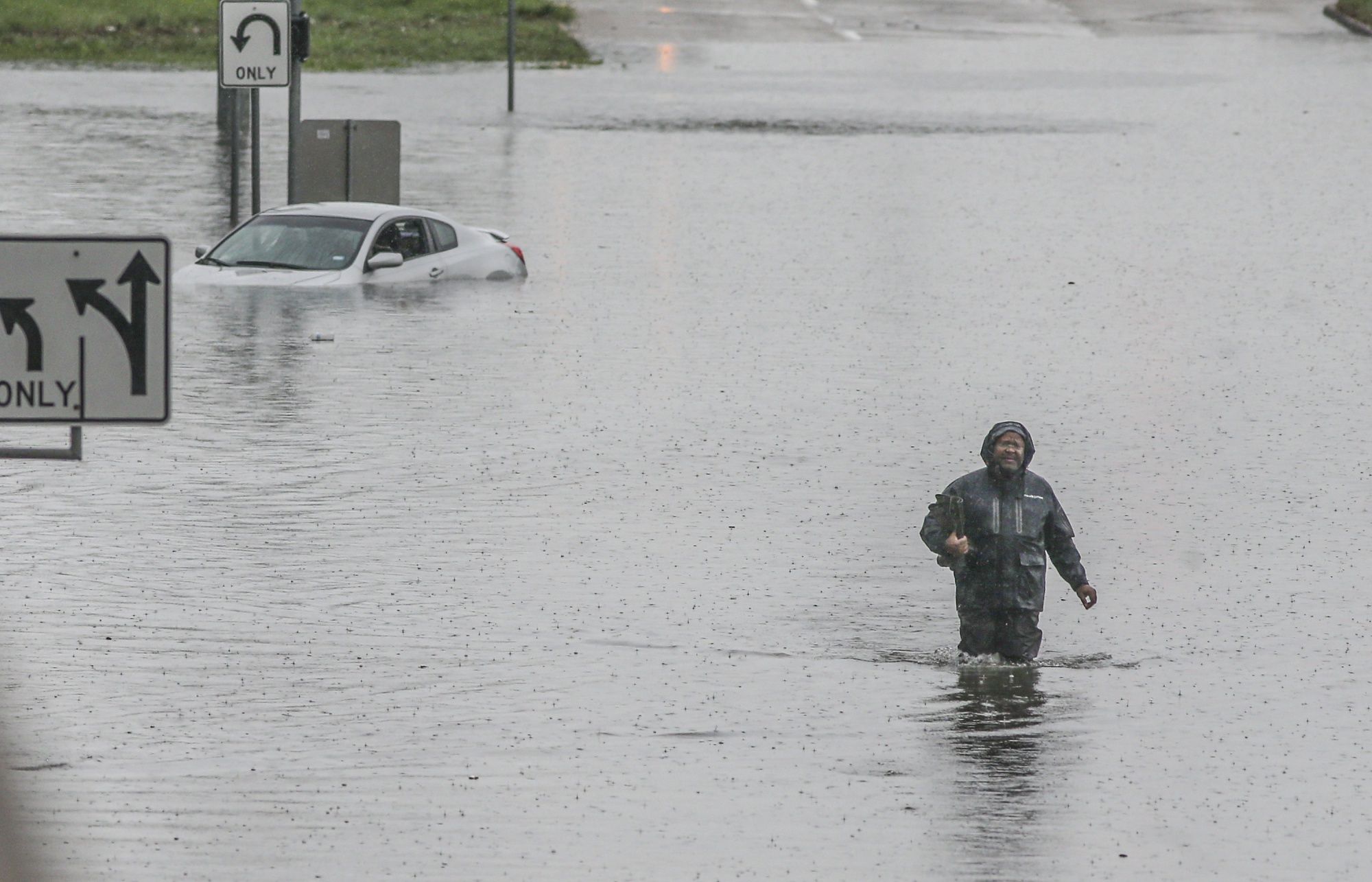CLOSE
About Elements
TANAKA is a leading company in the field of precious metals.
Advanced materials and solutions that support societal progress, the development stories behind them, the voices of engineers, and our management philosophy and vision—
Elements is an online media platform that shares insights that lead to a better society and a more prosperous future for the planet under the slogan “Mastering Precious Metals.”

Climate Change Is a Financial Crisis, Too

(Bloomberg Opinion) — The people who oversee America’s financial system seem to think that climate change isn’t their problem. As one official quipped in recent congressional testimony, he’s “not a meteorologist or a climate scientist.”
They should think again. By failing to take action, regulators are leaving the country exposed to a devastating crisis.
Financial institutions, from banks to insurers to asset managers, face climate-related risks that go far beyond the issue of social responsibility. One way or another – be it through natural disasters and forced migration, or decisive moves to transform energy use – they could end up facing trillions of dollars in cumulative losses. These could come in the form of defaulted mortgages in flooded areas, soured investments in regions that become uninhabitable, or nonperforming loans to shuttered coal-fired power plants.
Worse, the financial sector is compounding the problem by supplying capital to the industries driving climate change. Over the past three years alone, the six largest U.S. banks provided more than $700 billion in financing to the fossil-fuel industry. As of 2016, large insurers held $528 billion in such investments, including coal, oil, gas and related utilities. Even as some financial intermediaries have reduced their exposures to carbon-intensive sectors, the largest asset managers increased their holdings by 20% from 2016 to 2018, with the three biggest U.S. asset managers among the leading holders of coal investments.
This willingness to finance carbon-intensive activities, without adequate regard for the longer-term consequences, jeopardizes the goal of achieving net-zero greenhouse gas emissions. The world will never close the production gap, the disparity between energy produced by fossil fuels and clean energy, without addressing the financing gap between those respective industries. By one estimate, some $200 billion in capital must be reallocated in each of the next 40 years just to limit global warming to 2 degrees Celsius — the scenario outlined in the Paris Agreement.
Some might take comfort in the idea that losses will be spread over many decades, providing ample time to adjust. Don’t. Environmental changes and policy responses are inherently unpredictable, as is the market’s propensity to suddenly re-evaluate the prospects of entire industries. Dislocations can happen globally and at a moment’s notice — a scenario that Bank of England Governor Mark Carney has called a “climate Minsky moment.” At the moment all we have are estimates, but the damage could exceed the scale and scope of the 2008 financial crisis.
Financial institutions need to prepare and change their behavior. To that end, they must accurately price the risks that they are assuming. This is where regulators come in. For example, they could include climate change in bank stress tests, and restrict payouts to shareholders if institutions lack the capital needed to survive losses. They could also directly increase capital requirements, requiring banks to have more skin in the game when making climate-intensive investments. Also, the Financial Stability Oversight Council – charged with monitoring and addressing systemic risks wherever they might appear – should be focused on mitigating climate-related risk outside the banking system.
Unfortunately, these and other powers are useless in the hands of watchdogs who lack the will to use them. The inertia of the current crop of U.S. financial watchdogs stands in stark contrast to the International Monetary Fund and central banks in England, France and Australia, which are all waking up to the risks. So far, though, even the most ambitious proposals have focused primarily on approaches such as greater disclosure and monitoring of climate risks — the shortcomings of which are evidenced by the fact that the dirtiest industries are already largely in compliance.
Officials must act more aggressively, lest the carbon bubble keep expanding until it pops. Financial losses can cascade through the real economy and threaten the retirement funds of regular folks, many of whom may not even know that their pensions are filled with risky investments. Effective regulation can ease the transition to a clean energy economy, and protect manufacturing jobs and vulnerable communities. Dithering will leave the world exposed to a threat much greater than the human error that precipitated the last crisis. Science is not a counterparty that can be negotiated with, the planet is not a contract that can be restructured, and there is no bailout for a climate catastrophe.
To contact the authors of this story: Gregg Gelzinis at Graham Steele at
To contact the editor responsible for this story: Mark Whitehouse at mwhitehouse1@bloomberg.net
This column does not necessarily reflect the opinion of the editorial board or Bloomberg LP and its owners.
Gregg Gelzinis is a policy analyst at the Center for American Progress.
Graham Steele is the director of the Corporations and Society Initiative at the Stanford Graduate School of Business. He was previously on the staff of the Federal Reserve Bank of San Francisco, and minority chief counsel for the Senate Committee on Banking, Housing & Urban Affairs.
©2019 Bloomberg L.P.
This article was written by Gregg Gelzinis and Graham Steele from Bloomberg and was legally licensed through the NewsCred publisher network. Please direct all licensing questions to legal@newscred.com.
![]()







